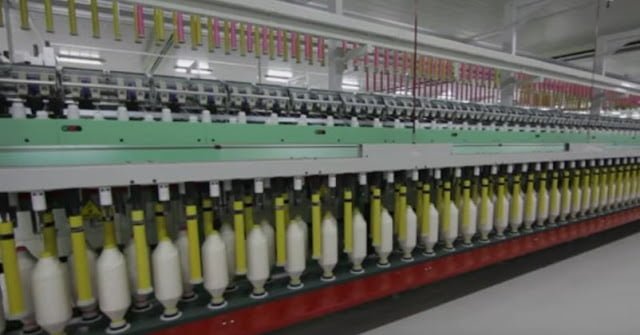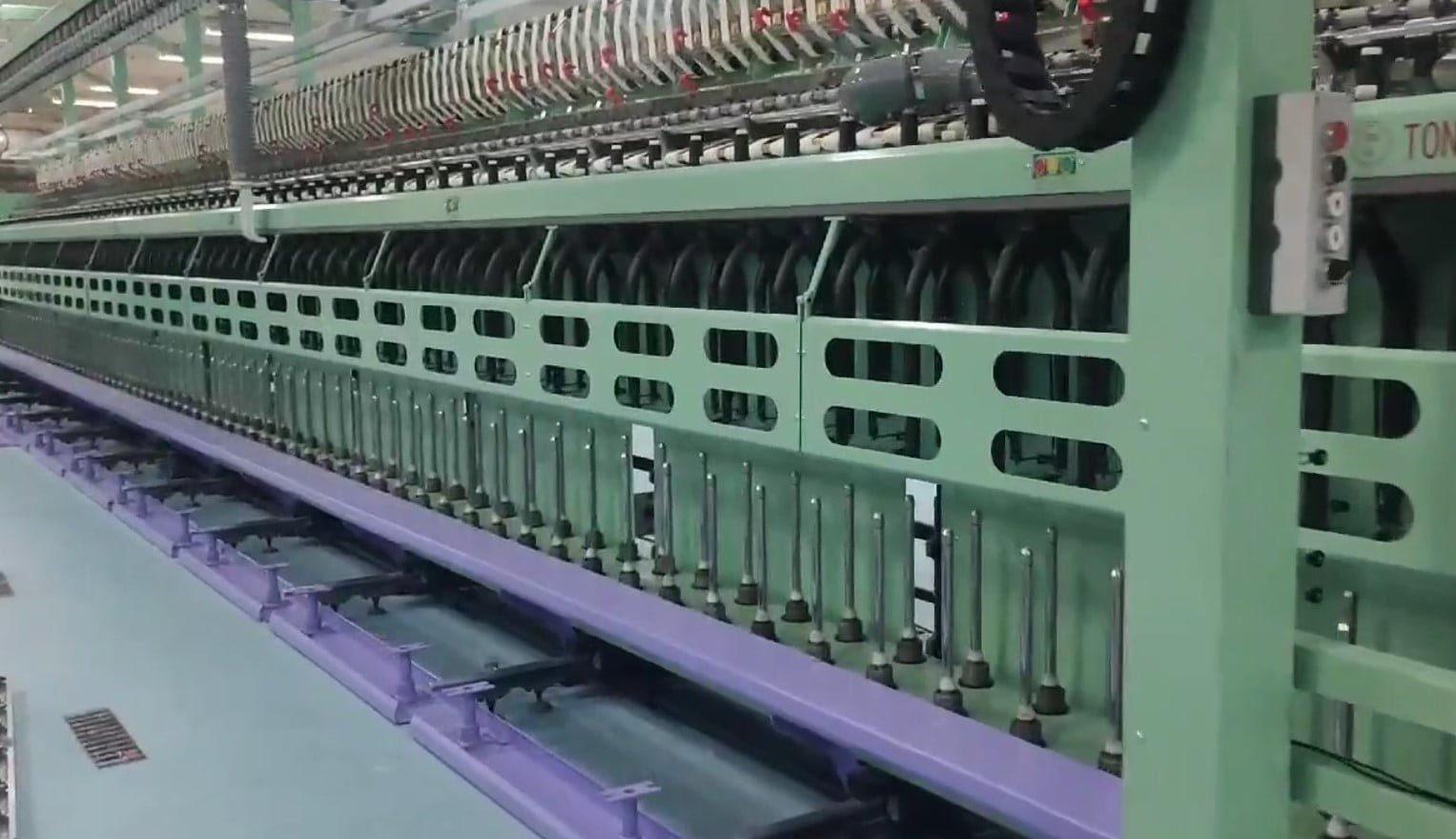Objects and Operations of Speed/Roving Frame
Last updated on October 12th, 2023 at 10:52 pm
Objects of Speed Frame
The purposes or objects of speed frame are:
- Attenuating of draw frame sliver to a suitable size for spinning.
- To insert small amount of twist to form strand known as roving. The twist being adequate to held the fibre together.
- To wind the twisted strand or roving on to an upright bobbin suitable for creeling at the next process.
The package so produced is tapered or conical at each end and made sufficient firm so that it can be transferred without damage to the roving and yet will unwind readily at the next machine.

Operations involved in Speed Frame
The following operations are involved in speed frame:
Drafting
The draw frame sliver feed to the speed frame is reduced in size by the action of drawing and drafting. So that, the reduced size of the roving is within the drafting range of the ring frame.
Twisting
Spiraling the fibres around each other about the axis of the strand so to bind themselves together to impart sufficient strain, to enable it to build-up in the form of a suitable package, convenient to handle from one process to another. Here, the amount of twist used should be just sufficient to hold the fibres together but it should preclude drafting in the ring frame.
Laying out
To put the coils on the bobbin in regular arrangement so that, no over lapping or excess spacing between the coils can occur. The coils are laid side by side throughout the build of the bobbin. This operation is done by alternate reversing motion of the bobbin rail.
Winding
To put successive layers of roving on the bobbin at a proper rate of speed. The speed being governed by the building motion with the help of differential motion.
Building motion
Shortening of successive layers of roving to make conical ends of the package with the help of building mechanism.


